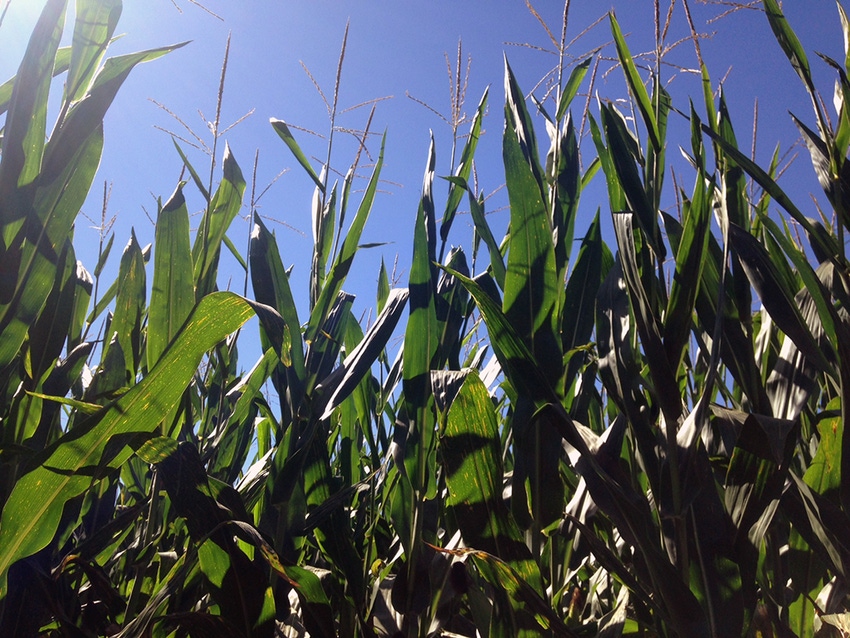May 29, 2019

Expectations for higher-than-normal May temperatures have Wiregrass corn producers on edge as the spring growing season shapes up to be a dry one.
Brandon Dillard, an Alabama Extension regional agent of agronomic crops, said farmers in the area were ahead of the planting schedule earlier in the season.
“This was one of the best looking dryland corn crops I’ve seen in recent years,” Dillard said. “On May 19, the corn plants started wilting. With no real chance of rain in the forecast, producers are concerned about the future of the corn crop.”
The last rain in the area came through on May 12. Since then, no pop-up showers or rain chances have come through the area.
The Wiregrass area is generally cotton and peanut country. While there is cause for major concern if the corn doesn’t get rain soon, Dillard said a saving grace is the lower number of corn acreage in comparison to peanut and cotton acres.
“Producers with irrigated corn are also struggling,” Dillard said. “They’re spending money to irrigate a corn crop on their most productive land, but may not produce a high yield as expected due to anticipated 95 degree temperatures.”
Tasseling
Planting dates vary throughout the state, but Wiregrass farmers planted corn in mid-March. Dillard said some of the earliest planted corn is tasseling—a stage at which corn plants need ample amount of water.
Though it is not a common situation, Dillard said if record-high temperatures continue producers could be looking at a ‘scattered grain situation.’
This means the heat renders pollen nonviable. Without viable pollen, ears will not fully develop or fill out with kernels. In a worst-case scenario, producers could see losses of up to 90 percent.
Alabama Extension plant pathologist Dr. Austin Hagan said producers have one less thing to worry about as foliar disease spread is suppressed by dry weather conditions.
Cotton and Peanuts
Although the corn is in dire straits, Dillard wants Wiregrass producers to know cotton and peanuts are in a growth stage that can withstand short-term drought scenarios.
“Water demand for cotton and peanuts is low right now,” Dillard said. “The young plants will be able to withstand drought without yield effects at this point.”
About the Author(s)
You May Also Like




